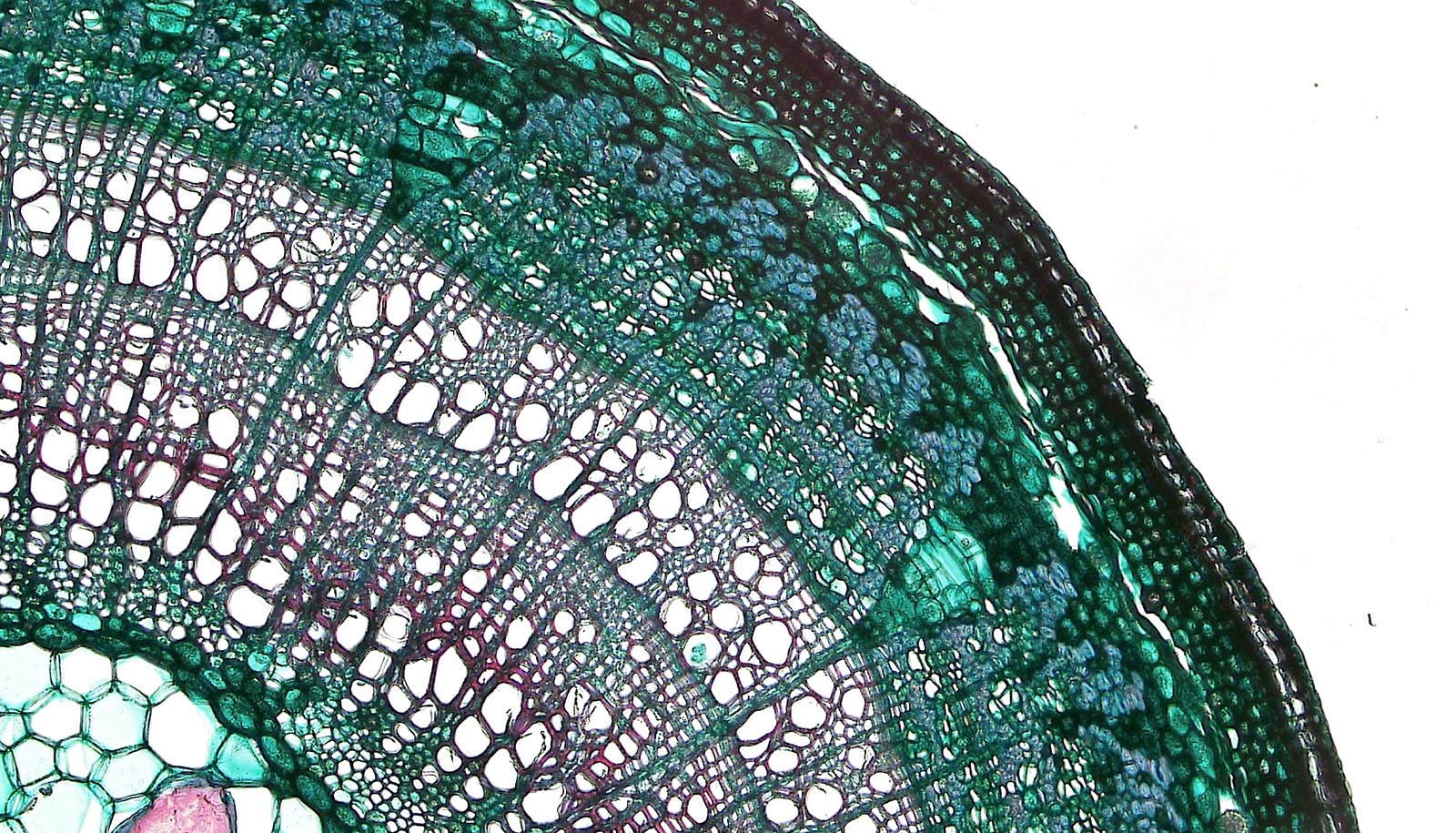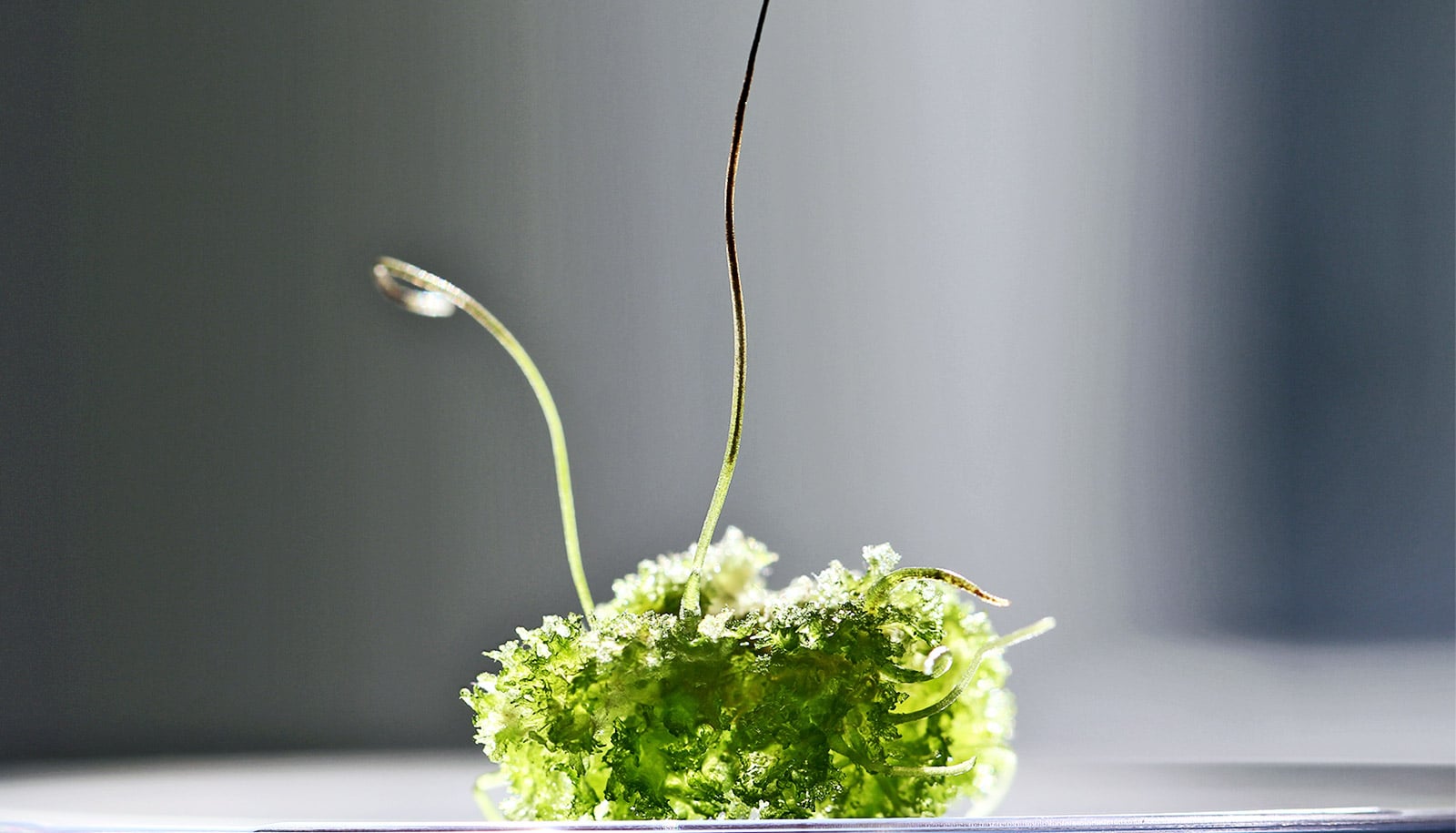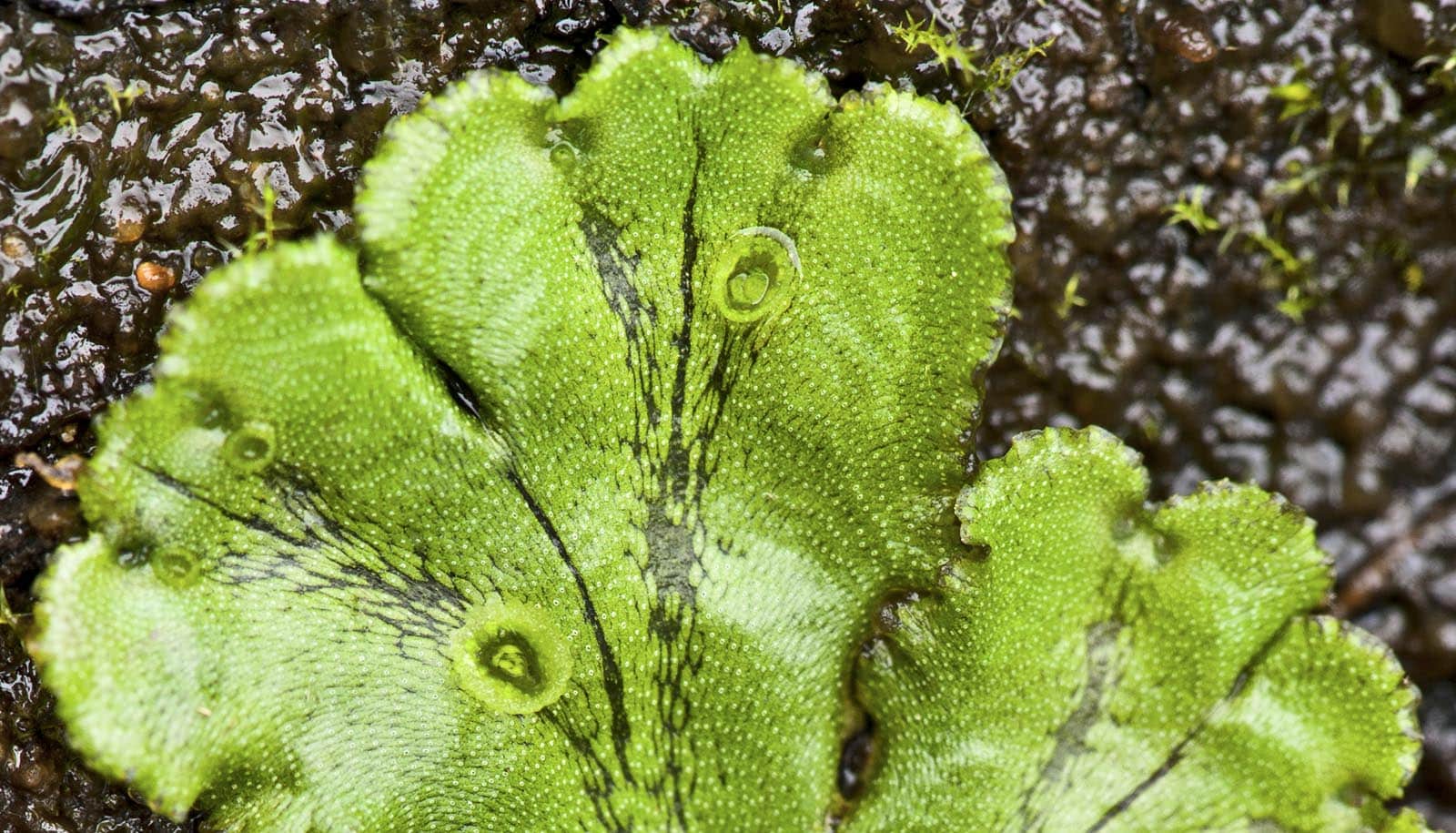Researchers have solved a 100-year-old paleontology mystery: How did ancient plants emerge from swamps and riverbanks to new habitats with limited access to water?
The earliest land plants were small—just a few centimeters tall at most—and restricted to moist, boggy habitats around streams and ponds. Around 400 million years ago, however, plants developed vascular systems to extract water more efficiently from the soil and use it for photosynthesis, a transition that would forever alter the Earth’s atmosphere and ecosystems.
In a new paper published in Science, Craig Brodersen, professor of plant physiological ecology at Yale School of the Environment and his research team discovered that a simple change in the vascular system of plants made them more drought-resistant, which opened up new landscapes for exploration.
The research was spurred by a century-long debate about why the simple, cylindrical vascular system of the earliest land plants rapidly changed to more complex shapes. In the 1920s, scientists noted this increasing complexity in the fossil record but were not able to pinpoint the reason—if there even was one—for the evolutionary changes.
Over the past decade, Brodersen and colleagues have explored the implications of how modern plant vascular systems are constructed, especially within the context of drought. When plants begin to dry out, air-bubbles get stuck in the xylem, which is the specialized tissue that transports water and nutrients from the soil to stems and leaves. The bubbles block the movement of water. Left unchecked, they spread throughout the network, disconnect plants from the soil, and ultimately lead to plant death. Avoiding the formation and spread of these bubbles is of critical importance for tolerating drought today, and the research team applied this same thinking to explain the patterns of vascular organization in the fossil record.
The cylinder-shaped vascular systems in the earliest land plants, which were similar to a bundle of straws, had initially served them well in their early watery habitats. But as they moved onto land with fewer water resources, the plants had to overcome drought-induced air bubbles. Early land plants did this by reconfiguring the ancestral, cylindrical-shaped xylem into more complex shapes that prevented air bubbles from spreading.
Historically, observations of increasing vascular complexity in the fossil record were thought to be coincidental and of marginal significance, a byproduct of plants growing in size and developing more complex architecture. The new study reverses this view.
“It didn’t just sort of happen. There’s actually a good evolutionary reason,” says lead author Martin Bouda. “There was strong pressure from drought that made it happen. That was the hundred-year-old riddle, which we’ve now answered.”
Bouda notes that the makeup of the team of researchers who coauthored the study, which included a paleobotanist, plant physiologists, and a hydrologist, helped provide techniques and perspectives that led them to uncover the reason for the complex vascular structure that had emerged in Devonian-era plants.
The team used microscopy and anatomical analysis to view the inner workings of plant specimens, which included fossil specimens from the Yale Peabody Museum, and living plants from Yale Myers Forest, the Marsh Botanical Garden, the New York Botanical Garden, and the University of Connecticut. Using this information, the team then predicted vascular configurations that could tolerate drought and illustrated how seemingly simple changes in shape lead to profound improvements in drought tolerance.
“Every time a plant deviates from that cylindrical vascular system, every time it changes just a little bit, the plant gets a reward in terms of its ability to survive drought. And if that reward is constantly there, then it’s going to force plants in the direction away from the ancient cylindrical vascular system toward these more complex forms,” says Brodersen.
“By making these very small changes, plants solved this problem that they had to figure out very early in the history of the earth, otherwise the forests that we see today just wouldn’t exist.”
These changes happened rather rapidly—in paleontological timeframes, that is—over approximately 20-40 million years. The driving forces behind the change to plant vascular structure could help inform research in breeding drought-resistant plants, helping to build resilience to the impacts of climate change and address production-related food insecurity issues.
“Now that we have a better understanding of how the vascular systems are put together and how that influences a plant’s ability to tolerate drought, that’s the kind of thing that could be used as a target for breeding programs—for example, making better root systems, making better vascular systems in plants,” Brodersen says.
Additional coauthors of the study are from Bates College, the University of Maine, Haverford College, and Yale.
Source: Fran Sullivan for Yale University



